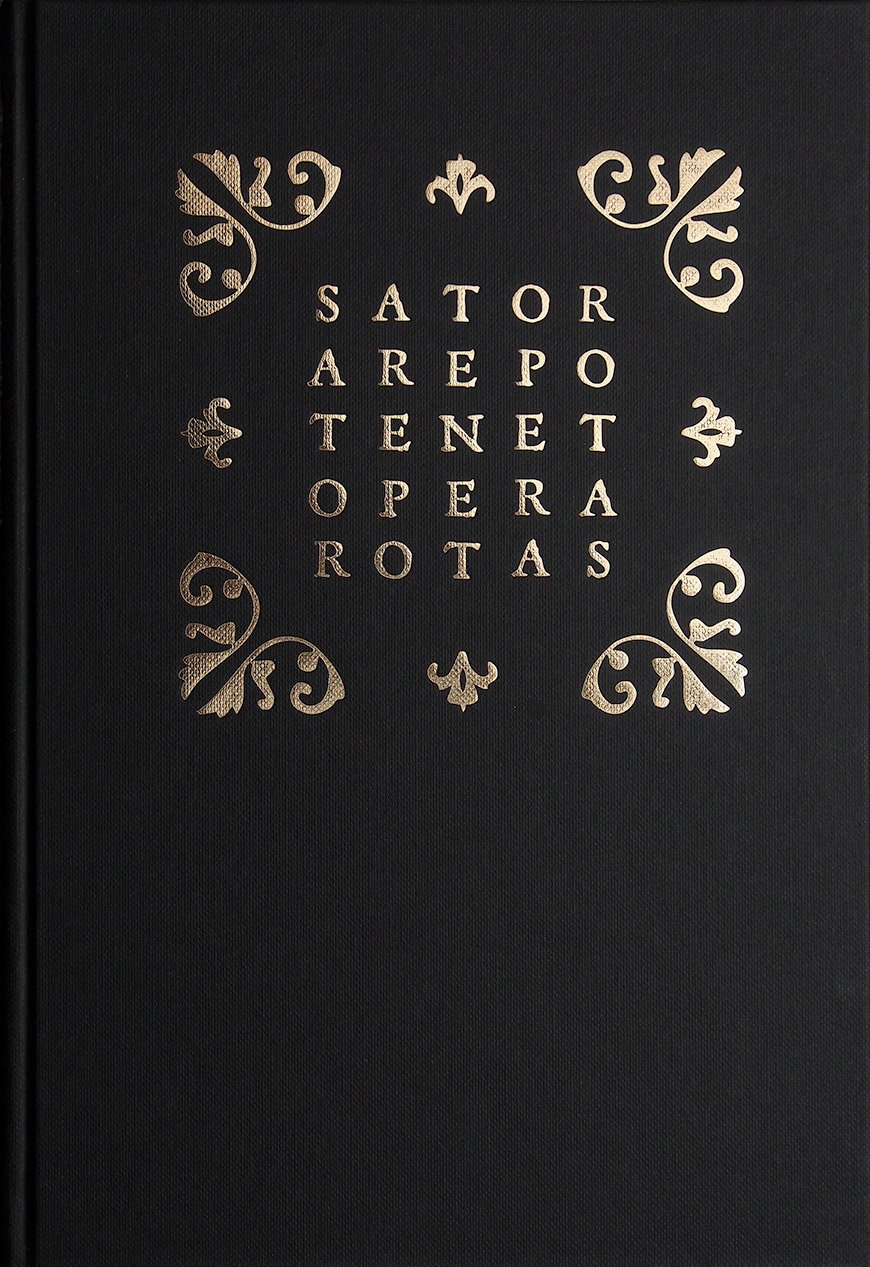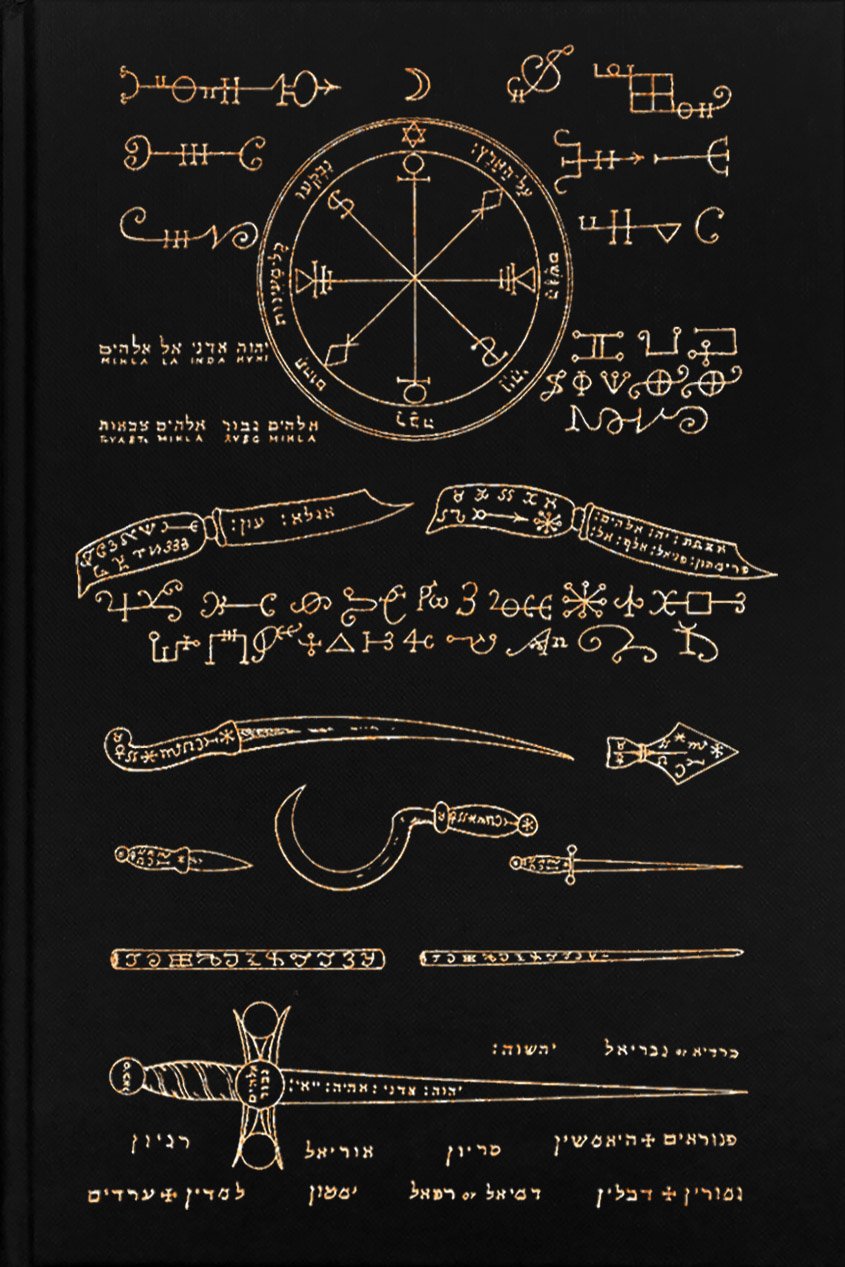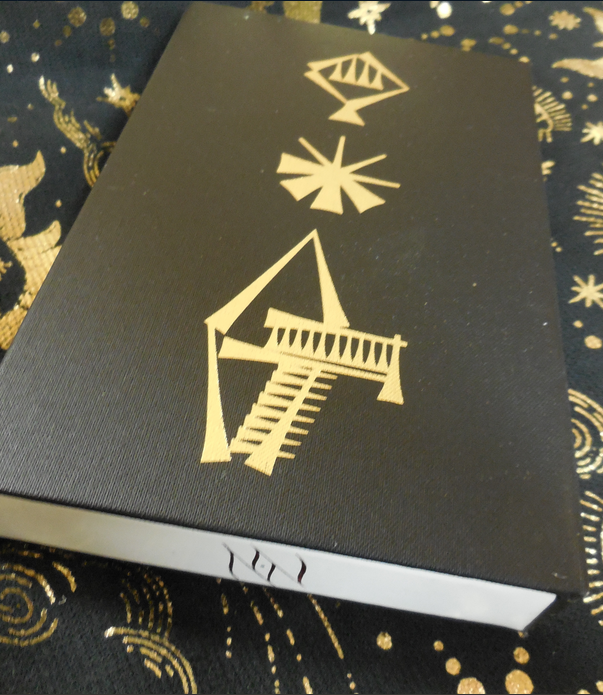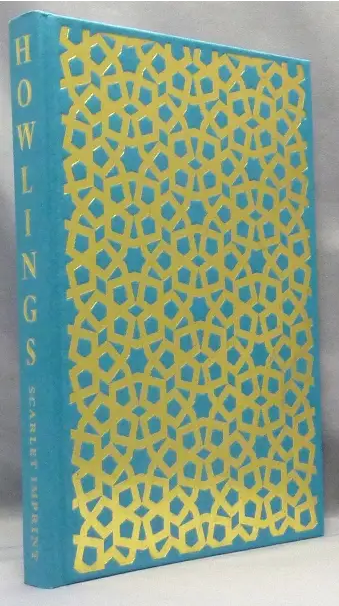
Friedrich Nietzsche and the Left Hand Path
For the seeker of truth, an encounter with tragedy and the innermost abyss is inevitable. An unrepentant spirit of liberating self-analysis edifies Friedrich Nietzsche’s philosophy and in doing so establishes it as a foundation for religious, moral, and political antinomianism, anarchy, and dissent.


Wolfs-Head
Óðinn’s identity as the Ecstatic God of the Tethers of Law and Death, is least recognised through his Skin-Turning and Shape-shifting techniques as gifts of the highest craft he imparts to a shamanic warrior elite.

The Search for Óðinn
Óðinn has been scandalised and deified in equal measure by medieval churchmen, demonising pre-Christian beliefs, and more recently by the romantic idealists and nationalists of the 20th Century, who glamorised them, to the extent that the genuine historical persona of this popular figure is saturated in complex, confusing mythology.

The Hanged God: Óðinn Grímnir
Studies of the Sagas invariably focus upon the events conveyed in Havamal as either a supernatural occurrence, a construct devoid of historical facts, or, as an historical piece separated from magical elements.

The Devil’s Supper
Always, the Devil is presented as a beacon of decadence and indulgence, whether fair or foul. And, whether droll or tragic, he does – in spite of his bad press – appear always to have our best interests at heart.

Crafting the Arte of Tradition
Tradition is about Folk Magick and community customs – it thrives as a Faith, both lived and applied in Craft, and realised in Arte. Crafting the Arte of Tradition bares its soul while explaining its engagement of the ‘Other’ found in Wind-walkers, Wights, Covenants and Kings, Ancestors and Fools, Old Gods, Law and Lore, custom and culture, Fate and Magick, Divination and prophecy, tools of Craft and of Trade, and finally, Mysteries and Mysticism.


Underworld
The Living stand in awe and fear before the forbidden realms of the Underworld. Yet, for thousands of years, necromancers have practiced the black arts to traffic with legions of the Dead, the demonic spawn of the Chthonic realms and even with the Dark Rulers themselves.

Son of Prometheus
With great joy we announce the forthcoming publication of Son of Prometheus by Sasha Chaitow. Based on her PhD thesis this ground-breaking in-depth study of the life and works of French esotericist Joséphin Péladan will precede her trilogy on Péladan’s esoteric work and art to be released by Theion in the coming years.

Orphic Hymns Grimoire
In Orphic Hymns Grimoire, Sara L. Mastros transforms the devotional hymns of Orpheus, the oracular hero of ancient Greece, into a functional, working grimoire for contemporary magicians.

The Sacred Magic of Abramelin the Mage
The Sacred Magic of Abramelin the Mage – the second edition Troy Book’s series of classic grimoires, was translated into English by Occultist S. L. Mac Gregor Mathers from a French document in 1897. Whilst the text purports to be of 15th century origin, the earliest known versions of the manuscript, which are in German, date to the 17th and 18th centuries.

The Key of Solomon the King
Our edition of The Key of Solomon The King has been reformatted by repositioning the imagery and creating two indexes of figures – for those that are repositioned and for Mathers’ original plates – for the improved ease of use by scholar and practitioner alike.

Lioness: The Song of Inanna
The heart of “LIONESS” is a haunting hymn, taking readers through call-and-response invocations in which the hierophant beckons Inanna by her traditional epithets, each adorned with stunning cuneiform depictions in rich scarlet ink.

The Red Shepherd
Myth would inform us that Dumuzid was merely the effete, hapless shepherd god who invoked the anger of his wife, Inanna, and became little more than a footnote in myth.

Rod & Ring
In Mesopotamian art, the rod and ring, like the horned helm or crown, are indicators of the depicted being’s divine status. The most famous depiction being that of Shamash, the solar god of justice holding both divine symbols of power before Hammurabi the king on the Code of Hammurabi stele.

Tools of the Greater Key
In Tools of the Greater Key author and illustrator S. Aldarnay has endeavoured to render the images found in the popular Mathers edition of the text clearly and cleanly, so that they might be of greater use to the modern magician, either as physical tools, or as a way of understanding the symbolic and ritualistic virtues of the objects contained within this famous magical text.

The Pentacles of Solomon
Author and illustrator S. Aldarnay presents each of the Pentacles given in the Key of Solomon, precisely redrawn and with explanations of the divine names, the names of spirits, as well as the vesicles in English, Latin and Hebrew, in order to make the individual’s use of the seals more effective.

Serpent Songs
Serpent Songs is an anthology of the voices of traditional craft: the words and works of those who remain untamed, cunning folk, exorcists, pellars, sorgin, witches and mystics. A collection of fifteen essays, introduced and curated by Nicholaj de Mattos Frisvold.

